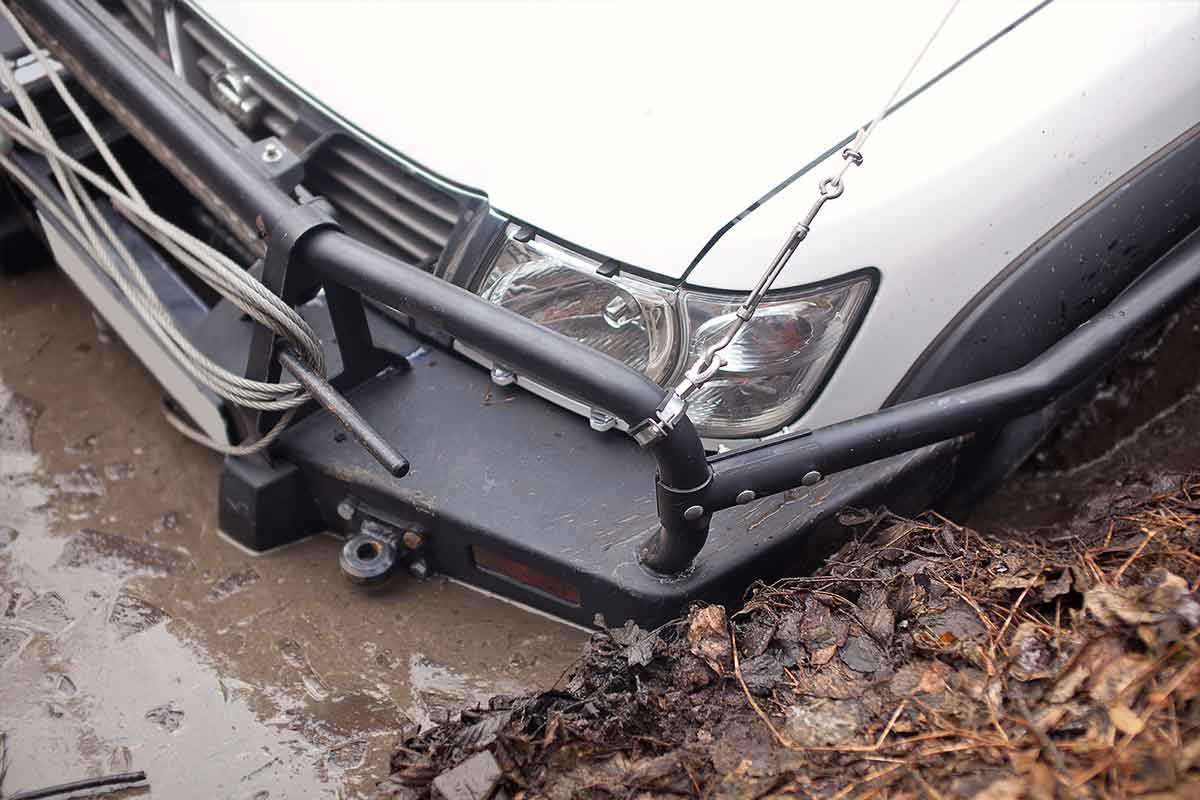Understanding the nuances of compulsory and voluntary excess in motor insurance is crucial for policyholders aiming to make informed decisions and optimize their insurance benefits. This comprehensive guide delves into the definitions, differences, implications, and strategic considerations associated with these excess types, empowering you to tailor your motor insurance policy effectively.
.jpg)
What is Excess in Motor Insurance?
In motor insurance, excess refers to the part of a claim amount that the policyholder agrees to pay out of pocket before the insurer covers the remaining costs. This mechanism ensures that policyholders share a part of the risk, thus discouraging minor or frivolous claims. Excess is primarily categorized into two types: compulsory excess and voluntary excess.
Compulsory Excess
Compulsory excess is that amount of money set by an insurer, and which the holder of the policy is obligated to pay in case of a claim. This is also determined but is dependent on aspects like the nature of the vehicle, cc of the engine, among others. IRDAI dictates the standard compulsory excess amount.
Standard Compulsory Excess Amounts
| Vehicle Type | Engine Capacity | Compulsory Excess |
|---|---|---|
| Private Cars | Up to 1500 cc | ₹1,000 |
| Private Cars | Above 1500 cc | ₹2,000 |
These are non-negotiable amounts, and hence, the same would be applied uniformly across the industry.
Voluntary Excess
Voluntary excess is the amount that the policyholder chooses to pay over and above the compulsory excess. Voluntary excess is optional. When a policyholder chooses to have a higher voluntary excess, then the insurance premium can reduce because it shows that the policyholder is willing to absorb a higher share of the risk.
Advantages of Choosing Voluntary Excess
Premium Reduction: Insurers usually give premium reductions if policyholders increase the voluntary excess because such an action decreases the liability of the insurer.
Reduces Minor Claims: Policyholders do not often file claims on minor damage when there is a higher excess, and hence, such an action prevents a claim history from deteriorating.
However, the voluntary excess amount that one takes must be balanced by the individual's financial strength to pay for any claim event.
Key Comparison Between Compulsory and Voluntary Excess
| Area | Compulsory Excess | Voluntary Excess |
|---|---|---|
| Nature | Compulsory and decided by the insurer | Voluntary and selected by the policyholder |
| Amount | Pre-set according to the type of vehicle and its engine capacity | Variable; can be increased or decreased at the discretion of the policyholder |
| Effect on Premium | Does not directly affect it | Higher voluntary excess can result in lesser premiums |
| Objective | To get the policyholder involved in claims | To reduce premium costs and discourage minor claims. |
Strategic Considerations for Policyholders
When choosing the voluntary excess amount, consider the following:
- Financial Capability: You should be able to afford the total excess amount, compulsory + voluntary, in case of a claim.
- Driving Habits: If you have a history of safe driving with minimal claims, then a higher voluntary excess may be a good option.
- Vehicle Usage: If the vehicle is occasionally used or only for short distances, a higher voluntary excess may be payable because the probability of claims occurring may be lower.
Claims Impact
In case of a claim, the total excess payable is the sum of compulsory and voluntary excesses. For example, if the compulsory excess is ₹1,000 and the voluntary excess is ₹2,000, you would need to pay ₹3,000 out of pocket before the insurer covers the remaining claim amount.
Regulatory Perspective
The IRDAI makes sure that policyholders have a stake in the maintenance and careful use of their vehicles by mandating compulsory excess. Voluntary excess, however, is at the policyholder's discretion and becomes a tool to manage costs of premiums.
Conclusion
Understanding the roles of compulsory and voluntary excess in motor insurance empowers policyholders to make informed decisions that align with their financial situations and risk appetites. Careful selection of the amount of voluntary excess can effectively balance affordable premiums with manageable out-of-pocket expenses at the time of claims.





